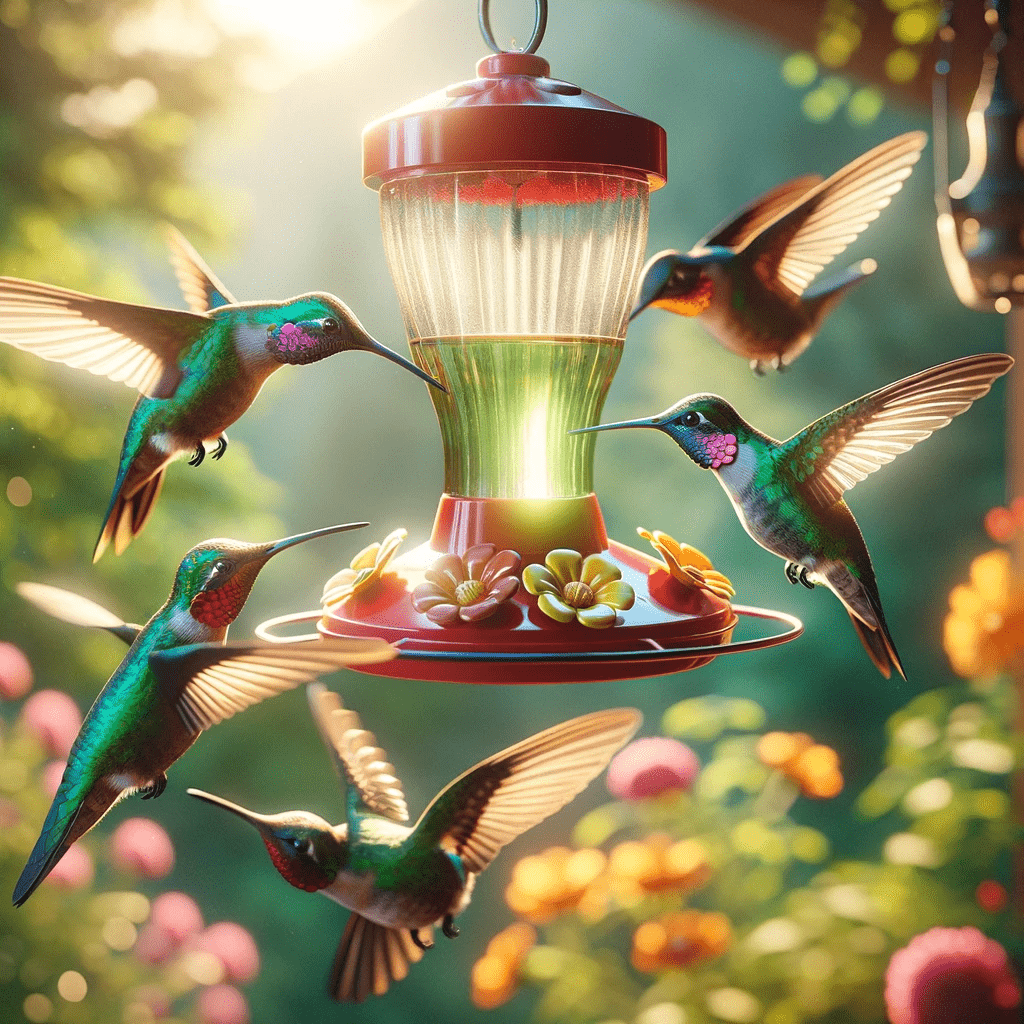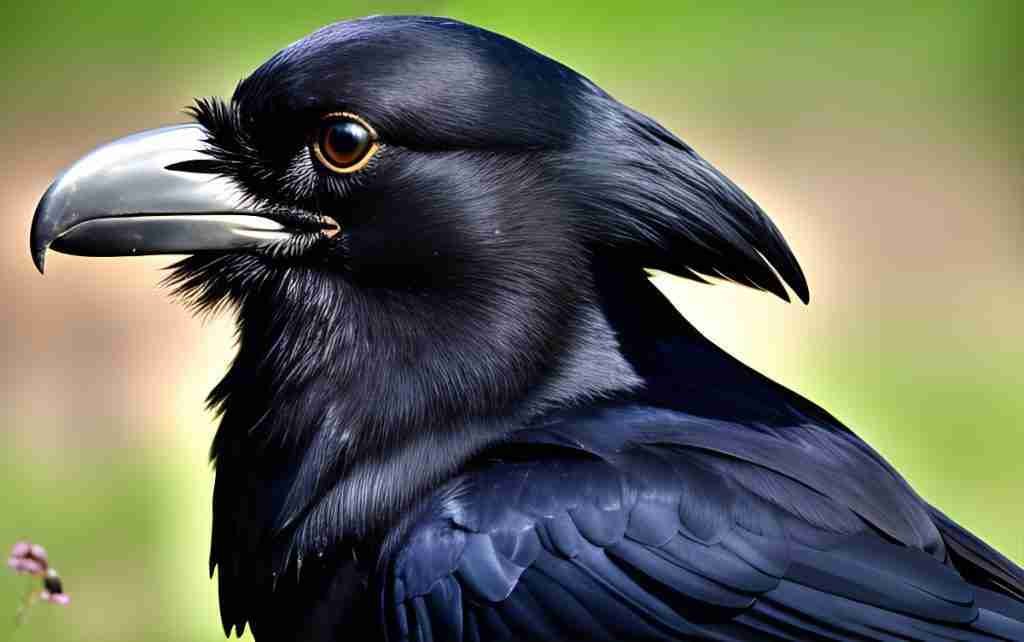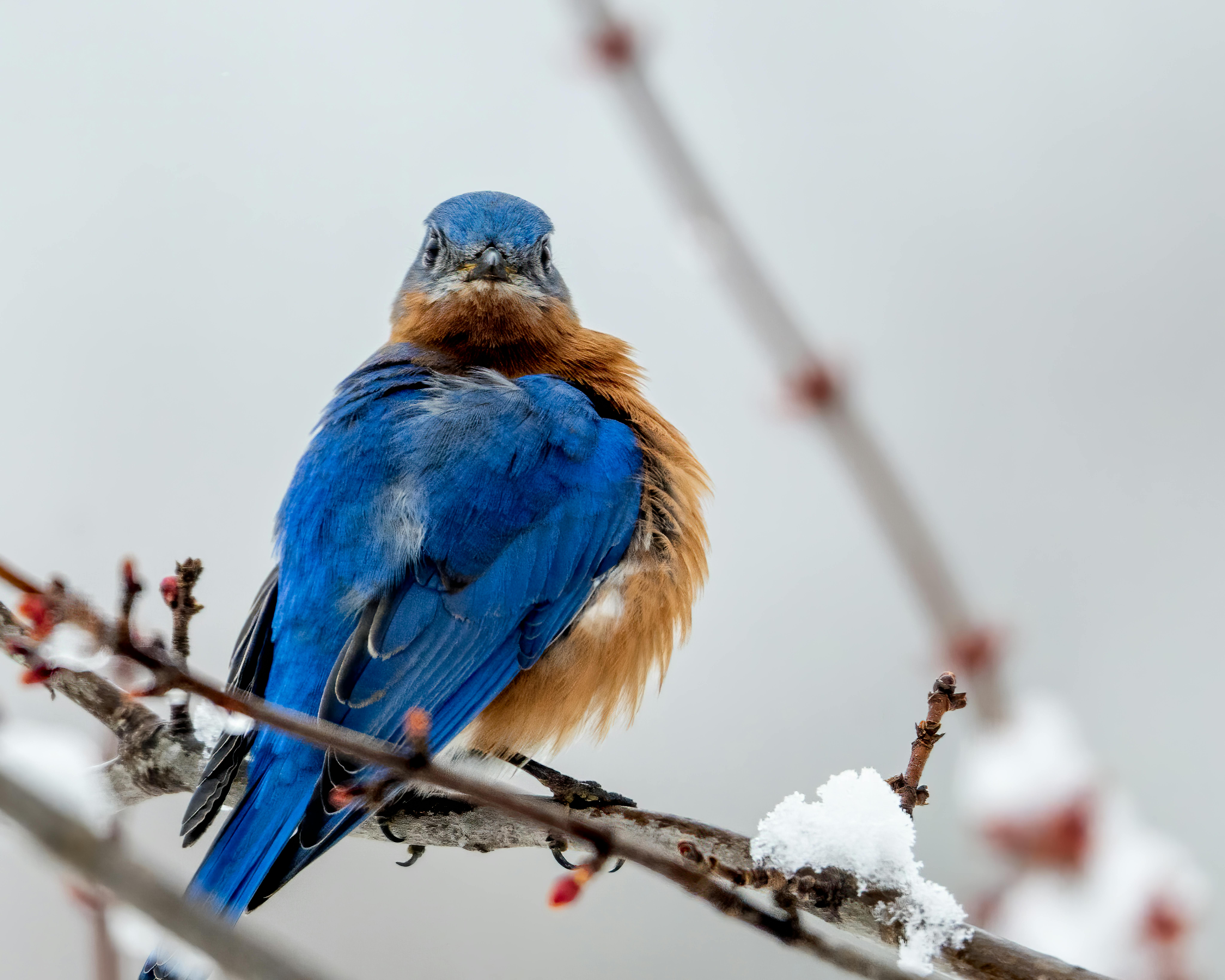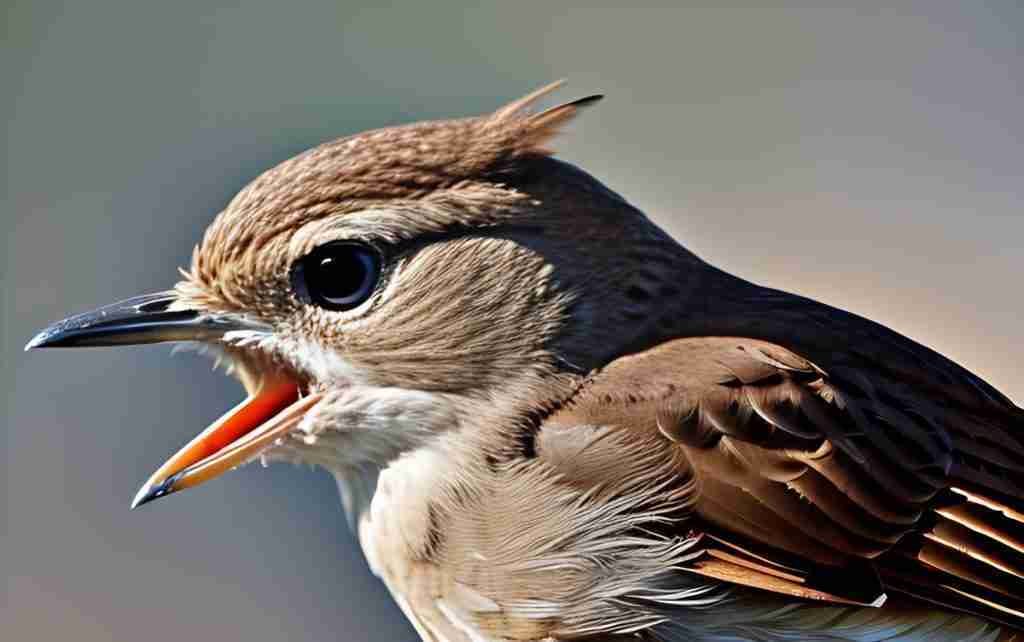If you’re a bird enthusiast and want to attract hummingbirds to your garden, you’re in luck! This article will provide you with a collection of easy hummingbird food recipes that are sure to please these tiny, vibrant creatures. Whether you’re a seasoned birder or just starting out, these recipes will have you whipping up delicious nectar in no time. So grab your mixing bowl and get ready to create the perfect sweet treat for your fluttering friends!
Homemade Hummingbird Food
Benefits of making your own hummingbird food
Making your own hummingbird food at home offers several benefits. Firstly, it allows you to have full control over the ingredients used, ensuring that you provide the best quality and safest food for these beautiful birds. Additionally, homemade hummingbird food is cost-effective compared to store-bought alternatives. By making it yourself, you can save money in the long run while still attracting and nourishing hummingbirds. Furthermore, homemade hummingbird food allows you to experiment with different recipes and flavors to cater to the preferences of these tiny creatures.
Ingredients for homemade hummingbird food
The ingredients required for homemade hummingbird food are simple and easily accessible. The most commonly used ingredient is white granulated sugar, which serves as an essential energy source for hummingbirds. Apart from sugar, you will need water. It is important to use filtered or bottled water to avoid any contaminants that could be harmful to the birds. These two ingredients are the basic components of most homemade hummingbird food recipes. However, there are alternatives such as fruit nectar, agave nectar, honey, and even jelly that can be used to provide variety and additional nutrients.
Steps to make homemade hummingbird food
Making your own hummingbird food is a straightforward process. To create the basic sugar water recipe, follow these simple steps:
- Boil water: Start by boiling four parts water to remove any impurities and ensure the health and safety of the hummingbirds.
- Add sugar: While the water is still hot, stir in one part white granulated sugar until completely dissolved. This sugar-to-water ratio replicates the natural nectar composition that hummingbirds seek.
- Cool and store: Allow the sugar water mixture to cool before pouring it into a clean hummingbird feeder. Any leftover mixture can be stored in the refrigerator for up to one week.
Tips for making homemade hummingbird food
Here are a few tips to keep in mind when making homemade hummingbird food:
- Use only white granulated sugar: Avoid using brown or organic sugars, as they may contain additional substances that could be harmful to hummingbirds.
- Boil the water: Boiling the water not only removes impurities but also helps to dissolve the sugar more effectively, resulting in a clear and easily digestible nectar.
- Clean feeders regularly: Hummingbird feeders should be thoroughly cleaned every few days to prevent the growth of harmful bacteria or mold. Use a mixture of hot water and vinegar or mild dish soap to clean the feeder, rinsing it thoroughly before refilling.
Sugar Water Recipe
Reasons for using sugar water as hummingbird food
Sugar water is the most common and recommended choice for hummingbird food due to its simplicity, affordability, and mimicry of natural floral nectar. Hummingbirds have a high metabolism and need a substantial energy source, which is provided by the sugar in the nectar. The sugar water mixture also attracts hummingbirds effectively, bringing them closer for observation and enjoyment.
Proportions of sugar and water for hummingbird food
The ideal ratio for sugar water hummingbird food is four parts water to one part sugar. This composition closely resembles the nectar found in flowers and provides the necessary calories for the high energy needs of hummingbirds. It is essential to adhere to this ratio to ensure the birds receive the correct nutrition and hydration.
Steps to make sugar water for hummingbirds
To make sugar water for hummingbirds, follow these steps:
- Boil water: Begin by boiling four parts of water to remove any impurities and provide a clean base for the sugar solution.
- Add sugar: While the water is still hot, stir in one part white granulated sugar until completely dissolved. The sugar will dissolve more easily in hot water.
- Cool and serve: Allow the sugar water mixture to cool before filling a clean hummingbird feeder. Place the feeder in a suitable location, preferably near flowers or foliage, and enjoy observing the hummingbirds as they feed.
Key considerations for sugar water recipe
When preparing sugar water for hummingbirds, there are a few important considerations:
- Use clean water: Ensure that the water used is free of contaminants, as any impurities can be harmful to hummingbirds.
- Avoid additives: Do not add any coloring agents, flavors, or other additives to the sugar water recipe. Hummingbirds are attracted to the natural color and sweetness of the nectar and do not require any additional enhancements.
- Do not use artificial sweeteners: Artificial sweeteners are not a suitable substitute for sugar when making hummingbird food. These sweeteners do not provide the necessary energy and nutrients needed by hummingbirds and can be harmful to their health.
- Replace the solution regularly: Change the sugar water solution every three to four days, or sooner if it becomes cloudy or shows signs of spoilage. This ensures the freshness and quality of the food provided to the hummingbirds.

Fruit Nectar Recipe
Benefits of fruit nectar for hummingbirds
In addition to sugar water, fruit nectar can be a valuable source of nutrients for hummingbirds. Fruits contain natural sugars, essential vitamins, and minerals that provide a well-rounded diet for these tiny birds. By offering fruit nectar as an alternate food source, you are providing a wider variety of nutrients while enticing a broader range of hummingbird species to your garden.
Selection of suitable fruits for hummingbird nectar
When choosing fruits for hummingbird nectar, it is important to select those with high sugar content and natural sweetness. Fruits such as bananas, ripe peaches, mangoes, and papayas are excellent choices. These fruits can be mashed or blended to create a smooth nectar-like consistency, making it easier for hummingbirds to consume.
Steps to prepare fruit nectar for hummingbirds
To prepare fruit nectar for hummingbirds, follow these steps:
- Select fruits: Choose ripe fruits with high sugar content, as mentioned earlier. Avoid using fruits that are overripe or spoiled.
- Mash or blend the fruits: Mash or blend the selected fruits until they reach a smooth consistency. This can be done using a fork, spoon, or blender depending on the desired texture.
- Add water if necessary: If the mashed fruits are too thick, add a small amount of water to achieve a nectar-like consistency. This will make it easier for the hummingbirds to drink from your feeder.
- Serve and observe: Place the fruit nectar in a clean hummingbird feeder and position it in a suitable location. Keep an eye out for hummingbirds as they come to explore and enjoy the natural fruity treat.
Special Hummingbird Feeders…


![Hummingbird Feeder 16 oz [Set of 2] Plastic Hummingbird Feeders for Outdoors - Humming Bird Feeders - 10 Feeding Ports - Wide Mouth for Easy Filling/2 Part Base for Easy Cleaning](https://m.media-amazon.com/images/I/61YSB0mD8gL._SS520_.jpg)




Important tips for making fruit nectar
Consider the following tips when preparing fruit nectar for hummingbirds:
- Use ripe, fresh fruits: Choose fruits that are at their peak ripeness to ensure maximum sweetness and nutritional value.
- Avoid using canned or processed fruits: Canned or processed fruits often contain added sugars or preservatives that may not be suitable for hummingbirds. Stick to fresh, natural fruits for the best results.
- Keep the nectar fresh: Replace fruit nectar every one to two days or sooner if it begins to spoil. Fruit-based nectar can spoil faster than sugar water, so it is important to monitor and refresh the feeder accordingly.
- Clean the feeder thoroughly: After each use, clean the hummingbird feeder thoroughly to prevent the growth of mold or bacteria. Use hot water and mild dish soap or a vinegar-water solution to ensure a hygienic feeding environment.
Natural Hummingbird Food
Advantages of natural hummingbird food
Natural hummingbird food offers several advantages, including a more varied diet for the birds and a closer imitation of their natural feeding sources. By providing natural food options, you are enhancing their overall nutritional intake and supporting their well-being. Natural hummingbird food also promotes biodiversity, attracting a wider range of bird species to your garden and establishing a symbiotic relationship with local ecosystems.
Types of natural food for hummingbirds
Natural food for hummingbirds encompasses a range of floral and insect-based options. Nectar-producing flowers, such as honeysuckle, salvia, and bee balm, are attractive choices that provide both natural food and opportunities for foraging and pollination. Insects, such as spiders and small beetles, also serve as vital sources of protein, especially during breeding seasons.
Guidelines for offering natural hummingbird food
To offer natural hummingbird food, follow these guidelines:
- Plant nectar-rich flowers: Plant a variety of nectar-producing flowers in your garden or use hanging baskets, window boxes, or pots. Ensure that the flowers are vibrant and free of pesticides or harmful chemicals.
- Provide shelter and nesting spots: Plant shrubs and trees that offer shelter and nesting opportunities for hummingbirds. This creates a suitable habitat and encourages their long-term presence.
- Minimize pesticide use: Avoid or reduce the use of pesticides in your garden, as they can be harmful to hummingbirds and other beneficial insects. Instead, opt for natural pest control methods or organic alternatives.
- Offer water sources: Install a shallow birdbath or provide small water dishes in your garden to attract hummingbirds and provide hydration opportunities.
Precautions for using natural food
While natural hummingbird food is beneficial, it is important to observe the following precautions:
- Research toxic plants: Before planting flowers, research which ones can be toxic to hummingbirds. Certain plants, such as azaleas, daffodils, and oleanders, can be harmful if ingested.
- Monitor insect populations: Ensure that the insect populations in your garden are not infested with harmful pests or parasites. If necessary, consult with a local entomologist or gardening expert for recommendations on maintaining a balanced ecosystem.
- Keep feeders clean: If using natural food in combination with feeders, clean the feeders regularly to prevent spoilage or bacterial growth. Maintaining a clean feeding environment is crucial for hummingbird health.
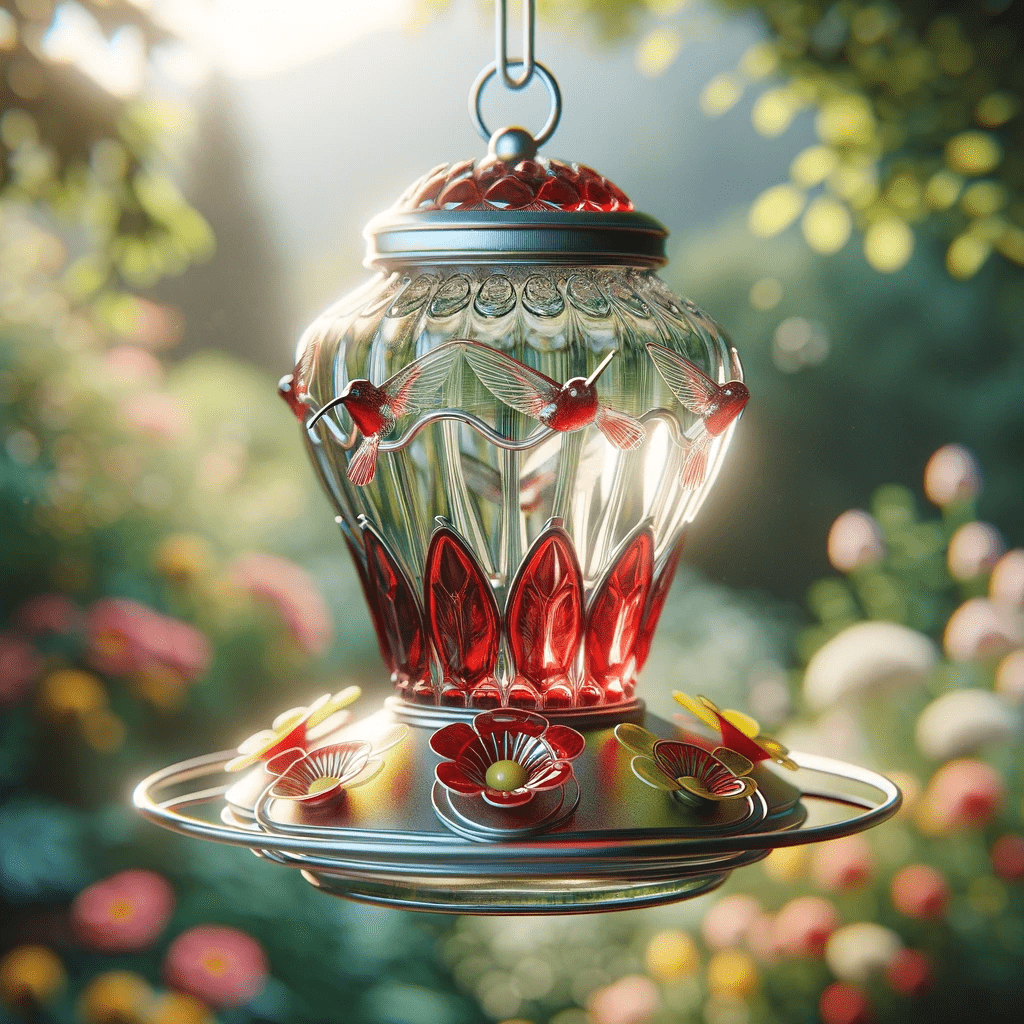
Agave Nectar Recipe
Benefits of using agave nectar as hummingbird food
Agave nectar offers an alternative to using sugar as a sweetener in hummingbird food. It has a lower glycemic index than sugar, releasing sugar into the birds’ bloodstream more slowly. This slow release helps to mimic the natural nectar flow in flowers, preventing sudden spikes in their blood sugar levels and providing sustained energy. Agave nectar also contains trace amounts of essential minerals and vitamins.
Proportions of agave nectar and water for hummingbird food
When using agave nectar as hummingbird food, the recommended ratio is one part agave nectar to four parts water. This ratio is similar to the sugar water recipe and ensures a suitable level of sweetness for the hummingbirds’ taste preferences.
Steps to make agave nectar for hummingbirds
To make agave nectar for hummingbirds, follow these steps:
- Boil water: Begin by boiling four parts water to ensure it is free of impurities.
- Add agave nectar: While the water is still hot, stir in one part agave nectar until fully dissolved. Agave nectar dissolves easily in warm water.
- Cool and serve: Allow the agave nectar mixture to cool before pouring it into a clean hummingbird feeder. Place the feeder in a suitable location and enjoy watching the hummingbirds indulge in this alternative sweet treat.
Important considerations for agave nectar recipe
Consider the following when using agave nectar as hummingbird food:
- Choose high-quality agave nectar: Ensure that the agave nectar used is pure and free from additives or additional sweeteners. Look for organic or natural options for the best results.
- Moderate use of agave nectar: While agave nectar can provide added nutrients for hummingbirds, it should be used in moderation. Too much sweetness can be harmful to their health, so it is essential to balance it with natural food sources as well.
- Monitor hummingbird feeding preferences: Observe the hummingbirds’ behavior and preferences when offering agave nectar. Some species may prefer or reject certain types of nectar, so it is important to be adaptable and adjust accordingly.
- Maintain proper cleanliness: Regularly clean the hummingbird feeder to prevent the growth of mold or bacteria. Agave nectar can spoil faster than sugar water, so vigilance is crucial in maintaining a healthy feeding environment.
Honey Solution Recipe
Pros and cons of using honey solution for hummingbirds
Using honey as a hummingbird food source has both advantages and disadvantages. Honey provides additional nutrients and antioxidants, making it a healthier option for the birds. However, it should be used sparingly due to its higher fructose content, which can be less easily digested by hummingbirds. Excessive consumption of honey can lead to weight gain and other health issues. Therefore, moderation is key when using honey as a food source for hummingbirds.
Instructions for creating honey solution
To create a honey solution for hummingbirds, follow these instructions:
- Boil water: Start by boiling four parts water to ensure its cleanliness.
- Add honey: While the water is still hot, stir in a small amount of honey, using a ratio of approximately one part honey to four parts water. This mixture provides a gentle sweetness for the birds.
- Cool and store properly: Allow the honey solution to cool before pouring it into a clean hummingbird feeder. Any leftover solution can be refrigerated and used within a few days.
Key factors to consider when using honey as a food source
Consider the following factors when using honey as a hummingbird food source:
- Use high-quality honey: Choose pure, raw honey without added sweeteners or flavorings. Locally sourced honey is often the best option for both quality and supporting local beekeepers.
- Limit honey content: Honey should only comprise a small part of the overall hummingbird diet. Overconsumption of honey can lead to nutritional imbalances and potential health issues.
- Monitor feeding preferences: Observe the hummingbirds’ behavior and response to the honey solution. Some species may have a higher preference for honey, while others may prefer other nectar sources. Adjust the feeding options accordingly to cater to different preferences.
- Clean feeders regularly: Regularly clean the hummingbird feeder to prevent the growth of mold or bacteria. Honey can spoil faster than sugar water, so maintaining a clean feeding environment is essential.
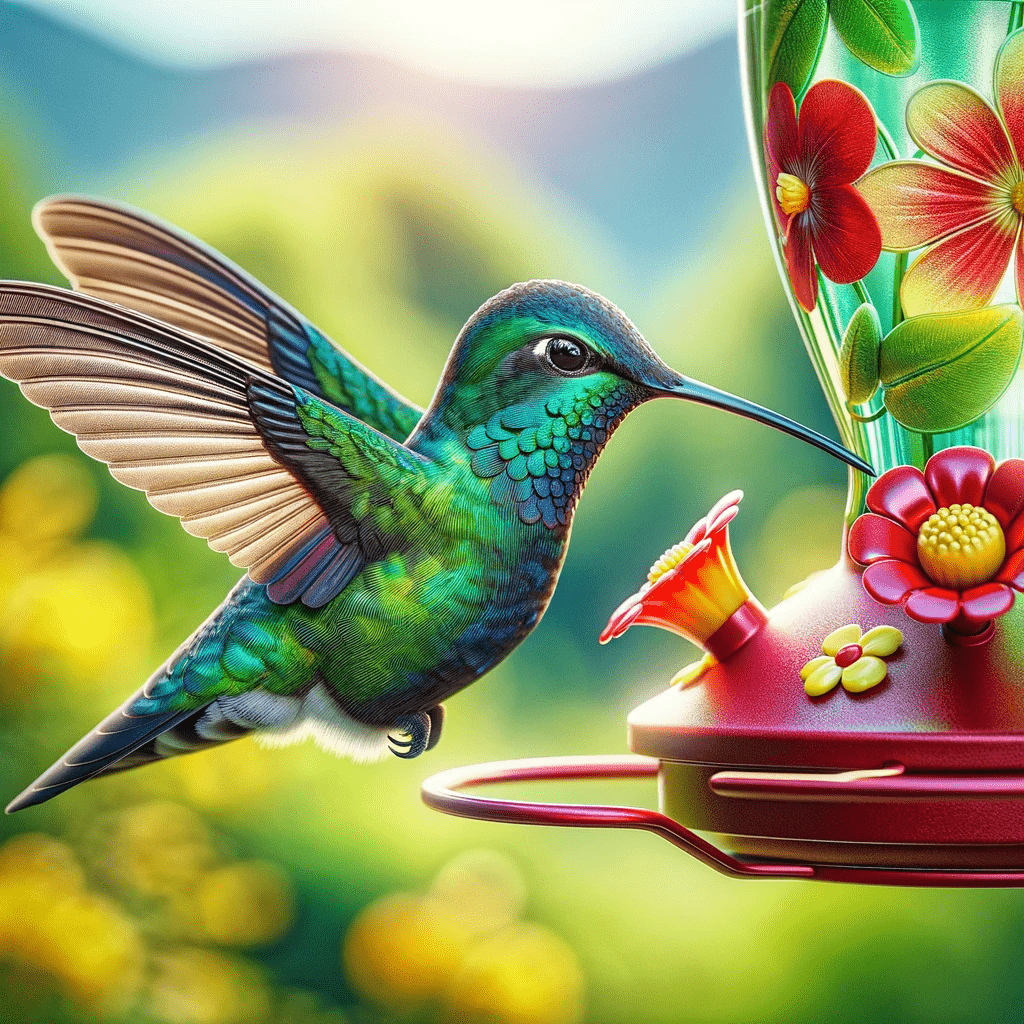
Jelly Recipe
Benefits of offering jelly to hummingbirds
Offering jelly to hummingbirds provides an additional food option that mimics the natural feeding sources of these birds. The high sugar content in jelly appeals to their taste preferences while providing a quick source of energy. Jelly can also attract a wider range of bird species to your garden, allowing for increased biodiversity and enjoyment.
Selection of suitable jelly for hummingbirds
When selecting jelly for hummingbirds, it is important to choose options that are free from additives, preservatives, and artificial sweeteners. Stick to natural fruit jellies with a high sugar content. Grape jelly is particularly popular among hummingbirds and is widely available.
Steps to prepare jelly for hummingbirds
To prepare jelly for hummingbirds, follow these steps:
- Choose a suitable jelly: Select a natural fruit jelly with a high sugar content and without any additives or artificial sweeteners.
- Fill a clean feeding dish: Place a small amount of jelly in a shallow dish or saucer, making sure it is easily accessible for hummingbirds.
- Position the dish: Position the jelly dish near flowers or foliage, ideally in a shaded area. This will make it more visible and enticing for the hummingbirds.
- Monitor and replenish: Keep an eye on the jelly dish and replenish it regularly, particularly in warmer weather when it may spoil faster.
Important considerations for using jelly
Consider the following when using jelly as hummingbird food:
- Supplement with other food sources: While jelly can be a tempting treat, it should not be the sole food source for hummingbirds. It lacks the necessary nutrients found in nectar and insects, so it is important to provide a varied diet that includes natural and healthier options.
- Monitor the jelly consumption: Keep an eye on the hummingbirds’ feeding habits to ensure they do not consume excessive amounts of jelly. Moderation is key to maintaining their overall health and wellbeing.
- Clean the dish regularly: Regularly clean the jelly dish to prevent the growth of mold or bacteria. Replace the jelly if it becomes discolored or shows signs of spoilage.
Using Red Dye
Why red dye is often used in hummingbird food
Red dye is often used in hummingbird food as an attempt to further attract hummingbirds. The bright red color mimics the hues of natural flowers, which are highly attractive to the birds. The belief is that the more vibrant the color, the more successful the feeder will be in luring hummingbirds.
Potential risks of using red dye
While the intention behind using red dye is to attract hummingbirds, it is important to be aware of the potential risks associated with its use. Red dye often contains artificial coloring and additives that can be harmful to hummingbirds. These dyes may cause allergic reactions, digestive issues, or even interfere with their overall health. Therefore, it is generally recommended to avoid using red dye in hummingbird food.
Alternative options to add color to hummingbird food
To add color to hummingbird food without using red dye, consider the following options:
- Natural red nectar: Use naturally red nectar-producing flowers, such as red salvias, to attract hummingbirds. This provides a more natural and safer option for both the birds and your garden.
- Red decorative accents: Decorate your hummingbird feeder with red accents, such as ribbons, flowers, or wind chimes. These visual stimuli can be effective in attracting hummingbirds without the need for artificial coloring.
- Red feeder designs: Choose a feeder with red components or patterns to capture the attention of hummingbirds. Many feeders already incorporate red coloration into their design to be more enticing to the birds.

Feeder Cleaning Tips
Importance of clean feeders for hummingbird health
Maintaining clean feeders is critical for the health and well-being of hummingbirds. Dirty feeders can harbor harmful bacteria, mold, and other contaminants, which can lead to illness or even the death of these delicate creatures. Clean feeders also ensure the freshness and quality of the hummingbird food provided, which in turn aids their overall nutrition and vitality.
Frequency and methods of feeder cleaning
Feeders should be cleaned regularly to prevent the buildup of bacteria and mold. The frequency of cleaning depends on various factors such as weather conditions, nectar consumption, and feeder usage. In general, it is recommended to clean feeders every three to four days or more frequently if the nectar shows signs of spoilage. To clean a hummingbird feeder, follow these steps:
- Empty the feeder: Remove any remaining nectar from the feeder and discard it.
- Disassemble the feeder: Take the feeder apart, separating any removable parts such as the reservoir, feeding ports, and perches.
- Rinse with hot water: Rinse all parts of the feeder with hot water to remove any sticky residue or old nectar.
- Clean with mild soap or vinegar solution: Scrub the feeder using a mixture of mild dish soap or a vinegar-water solution, focusing on hard-to-reach areas and places where mold or debris may have accumulated. Thoroughly rinse the feeder with hot water after cleaning.
- Air dry before refilling: Allow all parts of the feeder to air dry completely before reassembling and refilling it with fresh nectar. Ensure that no moisture remains, as it can contribute to the growth of bacteria or mold.
Common mistakes to avoid when cleaning feeders
Avoid these common mistakes when cleaning feeders to ensure optimal hummingbird health:
- Using harsh chemicals: Avoid using bleach, detergents, or other harsh chemicals to clean the feeder. These substances can leave residue that is harmful to hummingbirds. Stick to mild soap or vinegar as mentioned earlier.
- Neglecting hard-to-reach areas: Pay close attention to crevices, feeding ports, and other small spaces where mold and bacteria can accumulate. Thoroughly clean these areas to ensure effective sterilization.
- Rushing the drying process: It is important to let all parts of the feeder air dry completely before refilling it with nectar. Mold and bacteria thrive in moist environments, so proper drying is essential.
- Skipping the regular cleaning routine: Consistency is key when it comes to feeder cleaning. Establish a regular cleaning routine and stick to it to maintain the health and well-being of the hummingbirds.
Need Some Nectar For Your Feeder?





Avoiding Common Mistakes
Understanding common mistakes in hummingbird food preparation
To ensure the safety and well-being of hummingbirds, it is important to understand and avoid common mistakes when preparing their food. Some mistakes include:
- Using colored additives: Adding food coloring or flavored extracts to hummingbird food can be harmful to the birds. Opt for natural ingredients and avoid unnecessary additives.
- Using artificial sweeteners: Artificial sweeteners do not provide the necessary energy and nutrients hummingbirds require. Stick to white granulated sugar or alternative natural sweeteners.
- Using contaminated water: Always use clean, filtered water to make hummingbird food. Tap water or water from unknown sources may contain harmful substances.
- Providing improper proportions: Stick to the recommended proportions when mixing hummingbird food to ensure the correct nutrient balance. Deviating from the appropriate ratios can affect the birds’ health.
Tips for avoiding mistakes and ensuring hummingbird safety
Consider these tips to avoid mistakes and ensure the safety of hummingbirds:
- Research and educate yourself: Stay informed about proper hummingbird food preparation and various feeding methods to make informed decisions for their well-being.
- Use high-quality ingredients: Choose high-quality sugar, agave nectar, honey, and food items when preparing hummingbird food. Ensure they are free from additives or potential contaminants.
- Clean feeders regularly: Regularly clean feeders to prevent the growth of bacteria and mold. This process helps maintain the quality of the hummingbird food and keeps the birds healthy.
- Observe hummingbird behavior: Pay attention to the hummingbirds’ reactions to different food sources and adjust accordingly to meet their preferences. This will help maintain their enjoyment and well-being.
Precautions to take for optimal hummingbird feeding experience
To create an optimal hummingbird feeding experience, consider the following precautions:
- Monitor food consumption: Keep an eye on the amount of food consumed by hummingbirds. If they are not finishing the nectar or showing signs of overconsumption, adjust the serving size accordingly to avoid waste or negative health effects.
- Protect from predators: Place hummingbird feeders in a safe location away from potential predators, such as cats or larger birds. Provide natural cover, such as shrubs or trees, to give the birds a sense of security while they feed.
- Avoid overcrowding: If multiple hummingbirds visit your feeders, consider installing additional feeders to minimize crowding and territorial disputes. This ensures that each bird has equal access to the food source.
- Be mindful of seasonality: Different seasons may bring changes in hummingbird migration patterns, feeding habits, and required food sources. Stay updated on local hummingbird behavior and adjust your feeding practices accordingly to provide the most suitable food options at different times of the year.
By following these guidelines and exploring different homemade hummingbird food recipes, you can create a welcoming environment for hummingbirds while ensuring their health and happiness. The satisfaction of attracting and nurturing these incredible creatures will bring you joy as you observe their vibrant colors and aerial acrobatics in your own backyard. Enjoy the rewarding experience of being a hummingbird feeder, and remember to cherish these moments and connections with nature.
